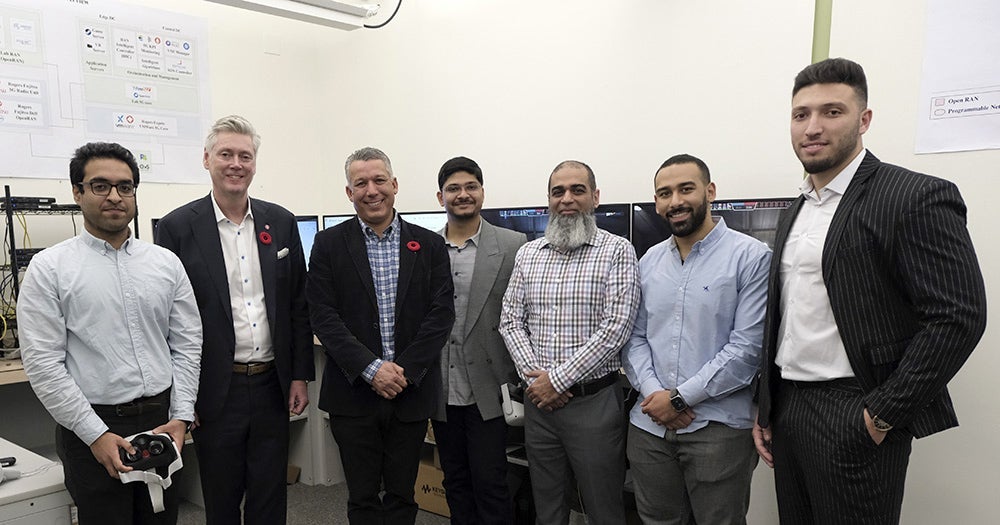The emergence of 5G technology is transforming telecommunications, granting people and industry remarkable capabilities. With research advancements, in the future we could see 5G offer speeds of up to 20 gigabits per second, far surpassing 4G’s capabilities. This speed not only enables lightning-fast downloads, its low latency, as low as 1 millisecond, is ideal for real-time applications like remote surgery and augmented or virtual reality.
Moreover, 5G’s ability to connect up to 1 million devices per square kilometre is also accelerating the development of IoT — the Internet of Things — a network of interconnected devices, vehicles, buildings and other items that are embedded with sensors, software and network connectivity. These IoT devices can collect and exchange data, enabling them to interact, communicate and perform tasks autonomously, often enhancing efficiency and providing valuable insights for various applications. These features are promising for the future of smart cities, homes and industrial automation.
The 5G revolution is on the horizon, teeming with possibilities for innovation and transformation, but first, companies like Rogers are investing in research and development that will support a made-in-Canada 5G ecosystem.

Raouf Boutaba, Professor and Director of the Cheriton School of Computer Science, (third from left) and his team are working with Rogers to validate various 5G related pilot projects, namely 5G slicing.
“Slicing involves harnessing virtualization technologies to generate multiple distinct networks that coexist on the same physical infrastructure. Each of these virtual networks, referred to as 5G slices, remains isolated from one another to prevent any interference that could impact performance or security,” Professor Boutaba says.
Moreover, each 5G slice is customized to cater to specific services, aligning with the three main categories of services that 5G networks promise to deliver including high-bandwidth services, IoT connectivity, and ultra-reliable, low-latency communication.
Traditionally, offering these services would necessitate the deployment of separate networks, a costly and complex endeavor. This is where network slicing comes into play, allowing these services to coexist cost-effectively on the same physical network while maintaining the quality of service expected by each category.
- Read the full article on Waterloo News